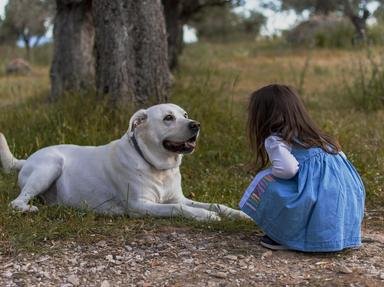Quiz Answer Key and Fun Facts
1. How does an ostrich get around?
2. The African penguin prefers to live in which of these?
3. Flamingos are usually which colour?
4. A scorpion has how many legs?
5. Which of these can Jackson chameleons change?
6. Compared to most frogs the Goliath frog is which of the following?
7. The oxpecker is which of these?
8. The Nile crocodile is which of the following?
9. Dung beetles feed on which of the following?
10. How does a black mamba usually move?
Source: Author
pollucci19
This quiz was reviewed by FunTrivia editor
looney_tunes before going online.
Any errors found in FunTrivia content are routinely corrected through our feedback system.
